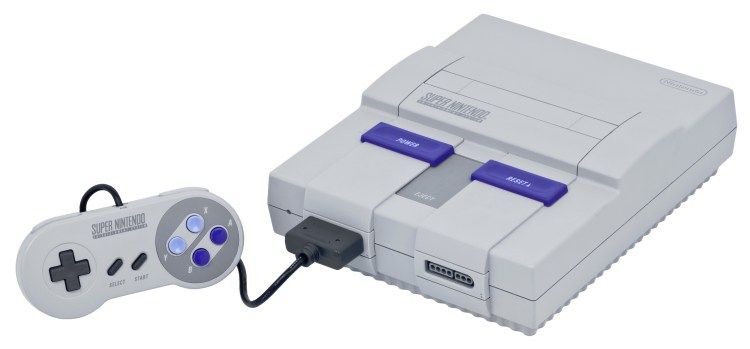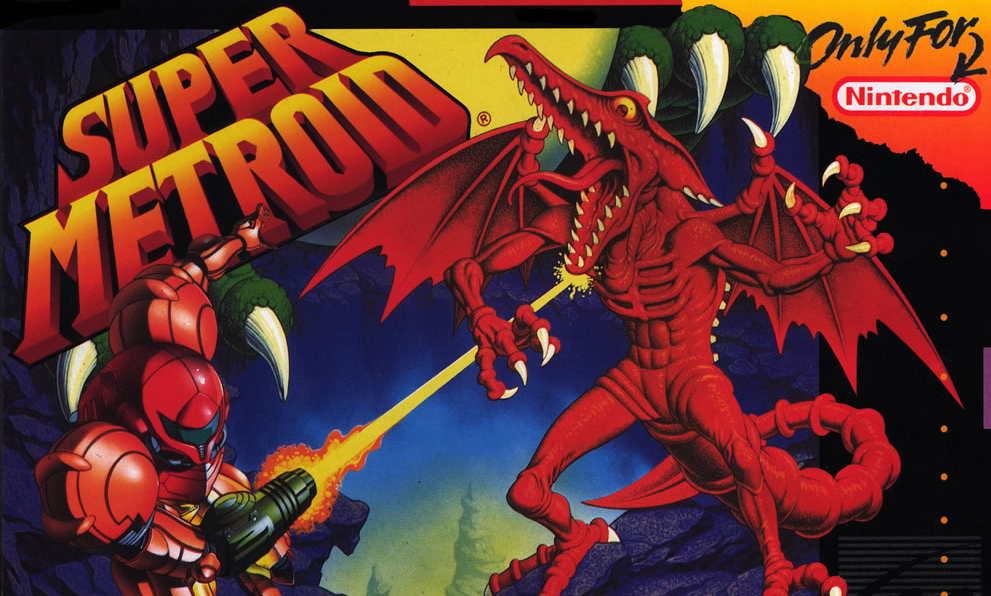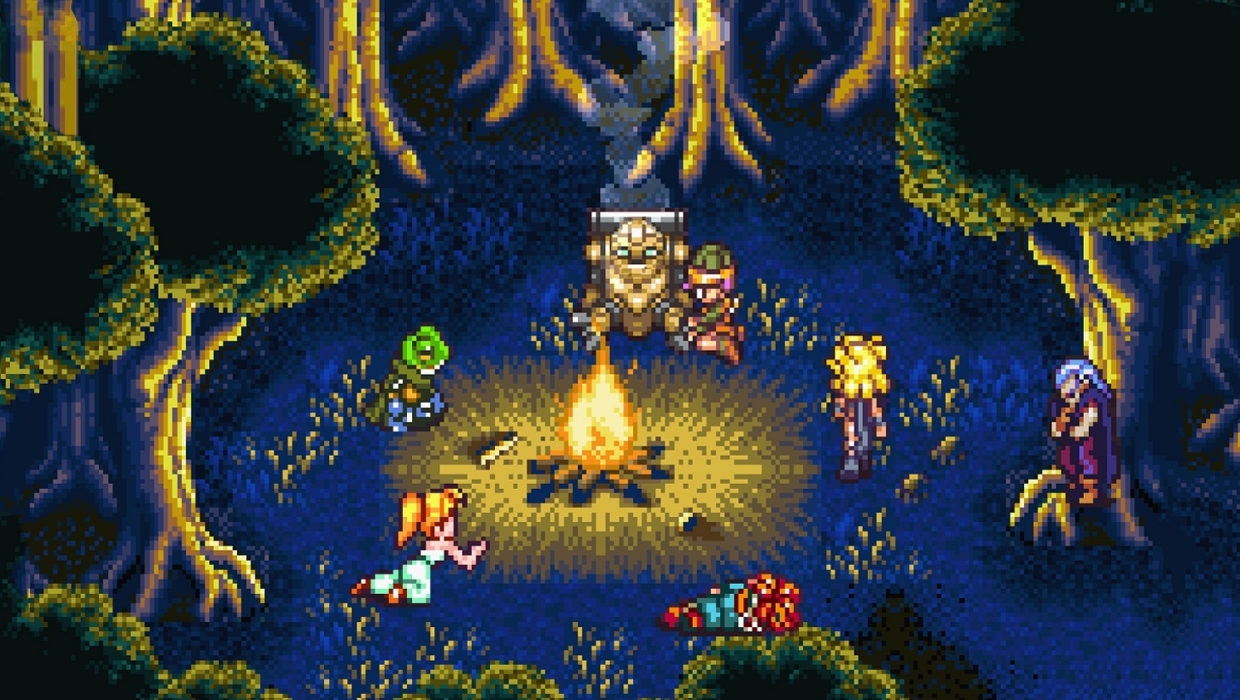Super Nintendo. Just reading that phrase fills you with happiness and warmth.
The Super Nintendo Entertainment System came out in its first territory, Japan (where it was known as the Super Famicom), on November 21, 1990. Yup, the classic console that sold 49.10 million boxes worldwide is 25 years old today. It helped usher in a golden age for the industry, when developers perfected 2D gaming before heading into the frontiers of polygons and 3D environments.
Looking back, it’s hard to argue against the Super Nintendo’s place in history as the greatest system of all time. However, if you scoff at the idea of the SNES being tops, let me subject you to a little convincing.
The 16-bit war
The Super Nintendo just had to follow up the Nintendo Entertainment System, the console that rescued the industry and set us on a course for gaming-at-home standards that we’re still following today. It was a hard act to follow. However, the Super Nintendo benefited from something the NES never had: competition.
Sure, other systems came out while the NES dominated the market, but they were all just blips on the 8-bit radar. The Sega Genesis made sure that the Super Nintendo had to step up its game. Nintendo could no longer take it for granted that all third-party developers had to come to it.
Sega pushed Nintendo to do more than just release sequels (which it did plenty). We probably wouldn’t have seen Donkey Kong Country’s then revolutionary use of pre-rendered 3D models or had an early taste of polygons with Star Fox if the popularity of the Genesis didn’t push Nintendo.
Nintendo’s biggest franchises have some of their best games on it
When I think of Nintendo, three franchises come to mind first: Mario, Zelda, and Metroid. All three of these series had entries on the Super Nintendo that could arguably be called their best. Super Mario World was a launch game that not only showed off how colorful and vibrant 16-bit gaming could be, and it’s a master’s class on 2D platformer level design. Out of all the 2D Mario games, it has aged the best.
The Legend of Zelda: A Link to the Past was one of the most epic games of its time. Not only did it encourage exploration, but it shook things up with a clever Light World/Dark World mechanic, which let you travel between two parallel worlds.
Super Metroid might be the best of the bunch.
At a time when we didn’t really talk about much besides a game’s graphics and gameplay, Super Metroid managed to weird out gamers with its eerie world and sense of isolation. It set the blueprint for a whole new type of game (the Metroidvania, named after this series and later Castlevania games inspired by it).
Some of Nintendo’s biggest franchises started here
Mario, Zelda, and Metroid made huge marks on the Super Nintendo, but the system was also a hotbed for new ideas. Some of these were spin-offs, including Super Mario Kart. That racing game was so successful that every Nintendo system since (well, minus the Virtual Boy) has had a Mario Kart of its own, including the Wii U and 3DS.
This was also the system that branched Mario out into the role-playing game world. Super Mario RPG was a collaboration between Nintendo and RPG powerhouse Square, and it set the foundation for the Paper Mario and Mario & Luigi series.
Nintendo also elevated Mario’s side characters into stars of their own franchises. Donkey Kong Country gave DK and his friends three classic side-scrollers on the SNES, while Yoshi’s Island put Mario’s dinosaur sidekick front and center in one of the greatest platformers of all time.
We also saw some entirely new franchises, like Star Fox, a 3D shooter that starred a set of humanized animals, and Pilot Wings, another flight-based series that didn’t have nearly as many talking toads.
Excellent third-party support
These days, Nitnendo has a hard time drumming up games from third-party developers. The Super Nintendo did not have that problem. Many of its best exclusives came from outside of Nintendo.
Big franchises like Capcom’s Mega Man and Konami’s Castlevania would have some of their best games released on the system via Mega Man X and Super Castlevania IV. Square would also release some of its greatest RPGs ever for the SNES, including Final Fantasy VI (III in the U.S. at the time) and Chrono Trigger (developed with Enix, another RPG company that eventually merged with Square). Of course, plenty of big games came out for both the Super Nintendo and Genesis: Street Fighter II, Mortal Kombat, Earthworm Jim, and NBA Jam among them.
The Super Nintendo had a lot of great games, maybe more than any system ever. This was Nintendo at the top of its game, which is an interesting time to revisit as the company attempts to redefine itself with a new system and experiments in the mobile space. Nintendo should take a second to examine what made the SNES such a big success as it prepares for this new era.
VentureBeat's mission is to be a digital town square for technical decision-makers to gain knowledge about transformative enterprise technology and transact. Learn More





